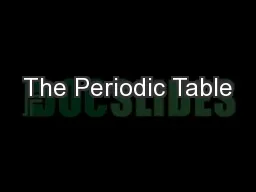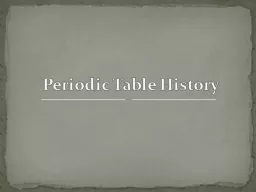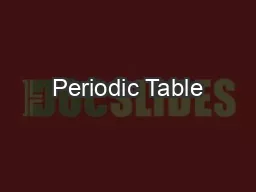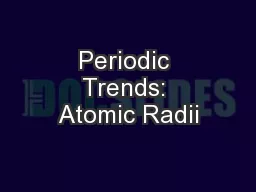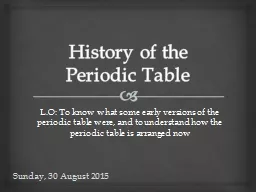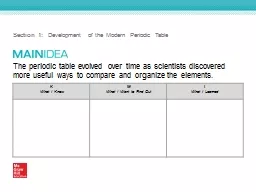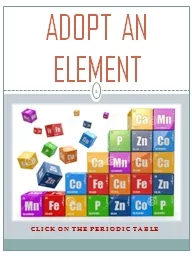PPT-Periodic TRENDS Unit 3 – Periodic Table
Author : pamella-moone | Published Date : 2018-10-29
What patterns exist on the periodic table Lesson Essential Question The Basics The Basics Metals Nonmetals Metalloids There is a zigzag or staircase line that divides
Presentation Embed Code
Download Presentation
Download Presentation The PPT/PDF document "Periodic TRENDS Unit 3 – Periodic Tab..." is the property of its rightful owner. Permission is granted to download and print the materials on this website for personal, non-commercial use only, and to display it on your personal computer provided you do not modify the materials and that you retain all copyright notices contained in the materials. By downloading content from our website, you accept the terms of this agreement.
Periodic TRENDS Unit 3 – Periodic Table: Transcript
Download Rules Of Document
"Periodic TRENDS Unit 3 – Periodic Table"The content belongs to its owner. You may download and print it for personal use, without modification, and keep all copyright notices. By downloading, you agree to these terms.
Related Documents


